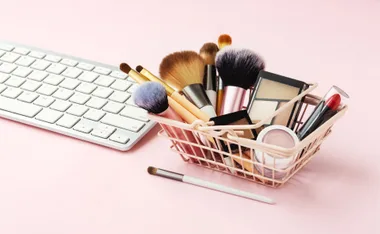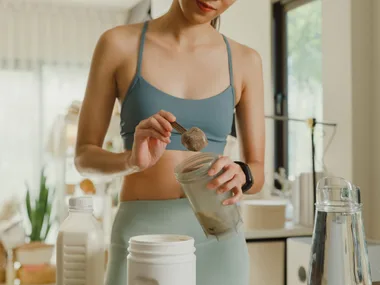In days gone by there wasn’t a lot of choice in milk. In most cases it came straight from the dairy or in glass bottles, with cream on top and delivered to your front door. Now, the dairy case is bursting with a huge range of milks, plus there’s the convenience of UHT long life milks too. So what is the best choice for your family?
Regular full cream (around 4% fat)
Cow’s milk is an important beverage in the diets of children and adolescents as it provides essential nutrients for growth and development including protein, riboflavin and vitamin B12, but most notably calcium. Full cream cow’s milk as a main drink can be introduced once a child is over the age of 12 months. Infants rely on additional nutrients in breast milk or infant formula prior to their first birthday.
Reduced fat (around 1.4% fat)
As milk provides about one-third of the saturated fat in the diet of children and 14 per cent in adolescents, reduced fat varieties are now encouraged for older children (over aged 2 years) in the latest edition of the Dietary Guidelines for Children and Adolescents.
Reduced fat milks are also a good general choice for the whole family, especially anyone who can’t quite stomach skim.
Skim (around 0.1% fat)
Skim milk still packs a punch when it comes to calcium and is a good choice for waist watchers. Recent clinical research is definitely dispelling the myth that dairy foods are fattening. One study published last year in Obesity Research, showed that people on a kilojoule controlled diet who had 3 serves of dairy a day , lost 70% more weight (on average) than those who did not consume dairy.
Specialty milks
You can also assess whether any members of your family would benefit from specialty milk, such as one with boosted calcium or added omega 3 fats. For example, you might like to make the switch to higher calcium milk during pregnancy or breastfeeding, when calcium requirements jump by an extra 200 and 300mg a day respectively.
Flavoured milks
Research published in the Journal of the American Dietetic Association shows that children who drink flavoured milk consume fewer nutrient-void soft drinks and fruit drinks than children who don’t drink flavoured milk. The study also found that children who consumed flavoured milk had higher calcium intakes (in comparison with children who do not consume flavoured milk), but they did not have higher intakes of added sugars or total fat in their overall diet.




























